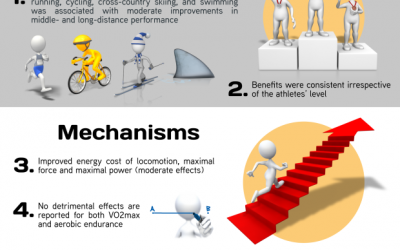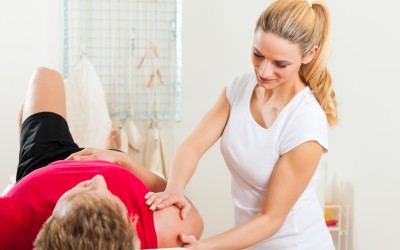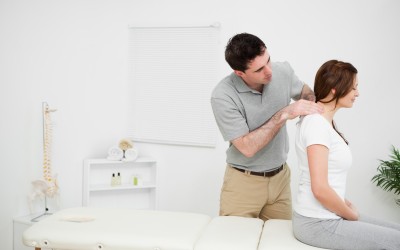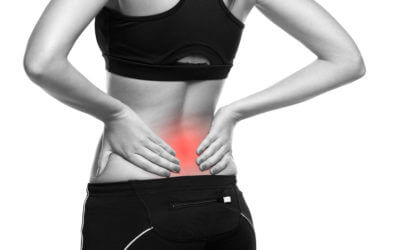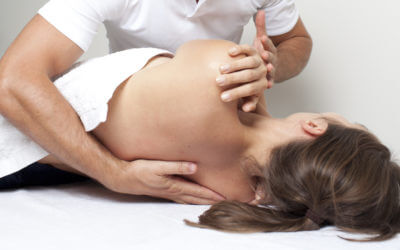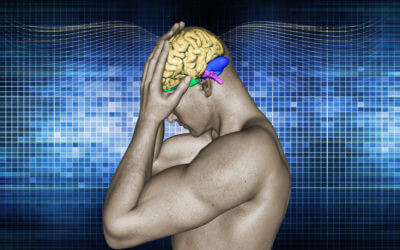From the Literature
Is strength training good for middle or long distance performance?
With the Tour de France recently coming to a close, some us may have had a bit of extra motivation to get out and get back into exercising. Whether cycling, running or swimming is your sport of choice, a little extra motivation is always helpful. We know that some...
Is Running Good for the Spine?
In our last blog article we looked at a little bit of evidence suggesting running is good for your joints. Is this the same for our lower back? The most common lower back injury is a strain to the intervertebral discs more commonly terms a “bulging disc”. In a...
Does Running Harm You?
There has been ongoing debate about whether running long distances is good for you or does it cause repetitive damage to our joints leading to osteo-arthritis. Some recent research has shed some light on the subject. A review in the Journal of the American Osteopathic...
Knuckle Cracking and Arthritis
One of the most common questions we get asked is, "What's that cracking sound?" The "cracking" or "cavitation" of joint occurs when a joint is separated. The separation of the joint reduces the pressure in the joint in which some of the naturally occurring gases in...
What Does An Adjustment Do? – Part 2
You may not know this but when you get adjusted it provides better control and movement to your body. There are local effects that occur such as freeing up the joints and local muscles that move you. We looked recently at an article which saw an improvement of the...
What does a chiropractic adjustment do? Part 1
In a recent blog article we cited an article published online in the Journal SPINE. It found an adjustment to be more effective in reducing pain than a common anti-inflammatory tablet such as Voltaren. This may come as no surprise to the many of our patients who come...
Chiropractic can help to improve physical function when combined with general medical care
One of our TED talks of the month featured Eric Dishman, who advocates a team based approach with allied health practitioners for more effective results. . A supporting study in the journal SPINE suggests that adding chiropractic manipulation to a standard regimen of...
Study finds manipulation is more effective than Voltaren (diclofenac) for acute lower back pain.
This may come as no surprise to many chiropractors, nor the well educated chiropractic patient, but the literature support for manipulation in the treatment of lower back pain is actually quite sparse. However, the same could be said about almost any other...
Medical Study finds Chiropractic as most effective in preventing reoccurrences of low back pain and disability
An interesting study came out of the USA a few years ago. They looked to rate the effectiveness of chiropractic care against physical therapy and physician care. They found that chiropractic was the most effective health modality to reduce disability. Cifuentes M,...
Chronic Pain = Less Brain
A study in 2004 used MRI to look at the brains of those suffering with chronic back pain. Interestingly, they found a 5-11% decrease in grey matter volume. Grey matter is essentially brain cells with a wide range of functions. The decreased volume was related to pain...

